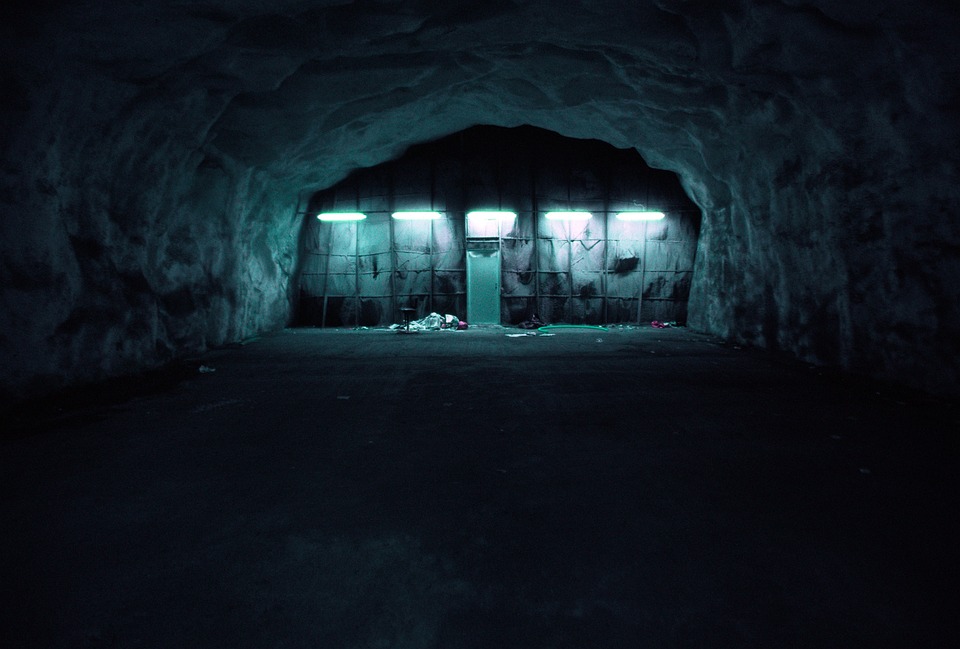Bunker Blueprints: Designing Your Own Underground Hideaway
The idea of a bunker may bring to mind images of doomsday preppers or underground military facilities. However, bunkers can also serve as a practical solution for those who live in areas prone to natural disasters, such as tornadoes or hurricanes. Additionally, bunkers can provide a sense of security in uncertain times. If you're considering building your own bunker, here are some tips on designing your own underground hideaway.
Location
The first step in designing a bunker is choosing the location. You'll want to find a site that's easily accessible and has good drainage. Additionally, it's important to consider the surrounding area. Are there any potential hazards, such as nearby bodies of water or natural gas pipelines? You may want to consult with a professional to help you choose the best location for your bunker.
Size
The size of your bunker will depend on your needs. If you're building a bunker for your family, you'll need to consider the number of people who will be using the space. Additionally, you'll want to think about what you'll be storing in the bunker. Will you need room for food storage or emergency supplies? You may also want to consider the possibility of adding living quarters, such as a bedroom or bathroom.
Materials
The materials you choose for your bunker will depend on your budget and the level of protection you're looking for. Concrete is a popular choice for bunker construction, as it's durable and can provide excellent protection from natural disasters. However, it's also one of the more expensive options. Steel is another popular choice, as it's both strong and cost-effective. Other materials to consider include fiberglass, brick, and stone.
Ventilation and Power
Ventilation is crucial in any bunker design. You'll need to ensure that there's a sufficient air supply to keep the space habitable. Additionally, you'll want to consider how you'll be providing power to your bunker. Solar panels can be an effective solution for providing electricity to your underground hideaway.
Blueprints
Creating detailed blueprints is essential in designing your own bunker. You'll want to work with an architect or engineer who has experience in bunker design. They'll be able to help you create a detailed plan that takes into account all of the factors mentioned above. Additionally, they'll be able to ensure that your bunker is up to code and meets all necessary safety standards.
In conclusion, designing your own bunker can be a complex process, but it can also provide a sense of security in uncertain times. By considering factors such as location, size, materials, ventilation, and power, you can create a bunker that meets your needs and provides the protection you're looking for. If you're considering building a bunker, be sure to work with a professional to ensure that your design is both safe and effective.


0 Comments